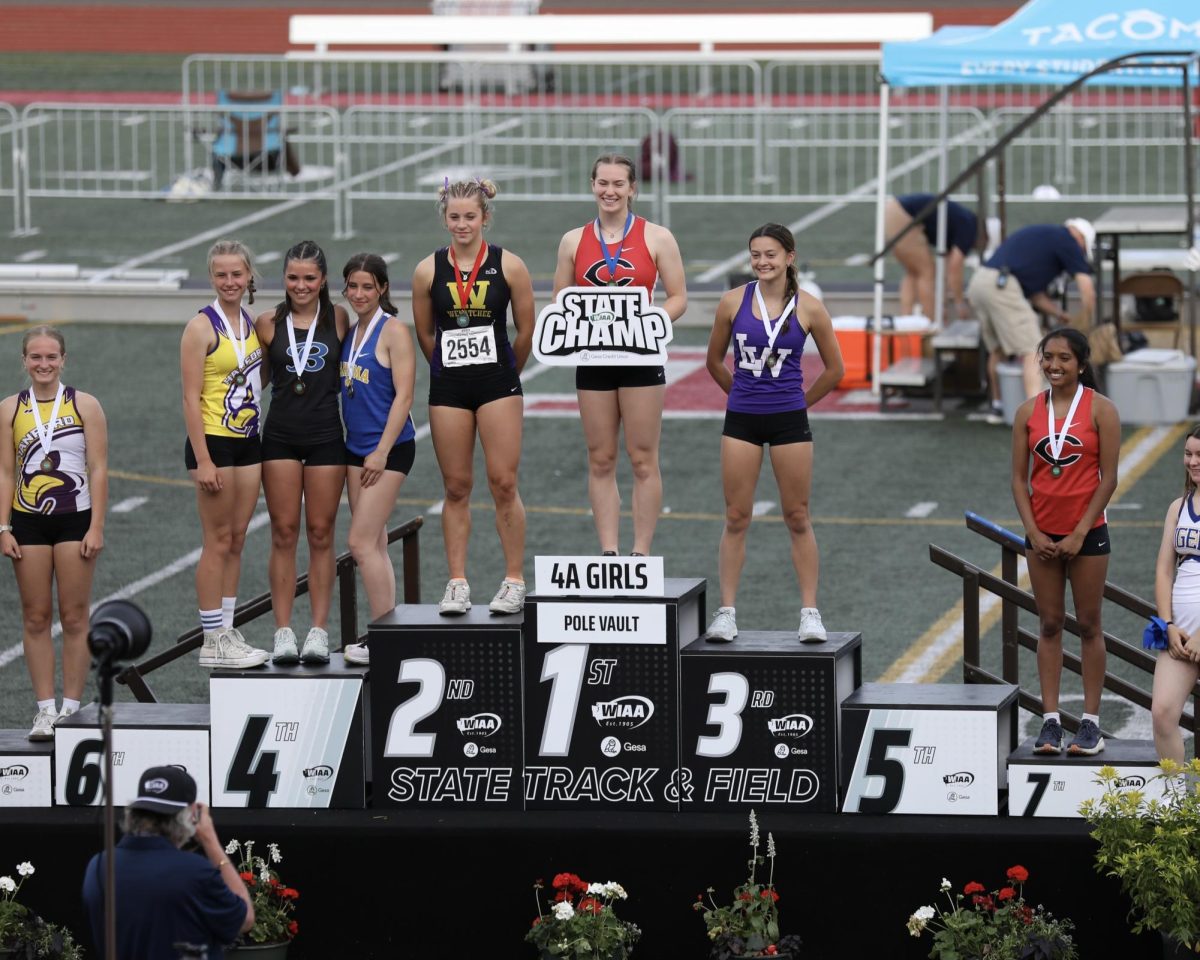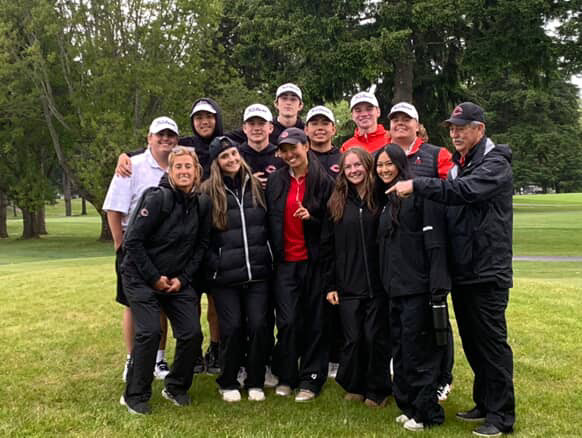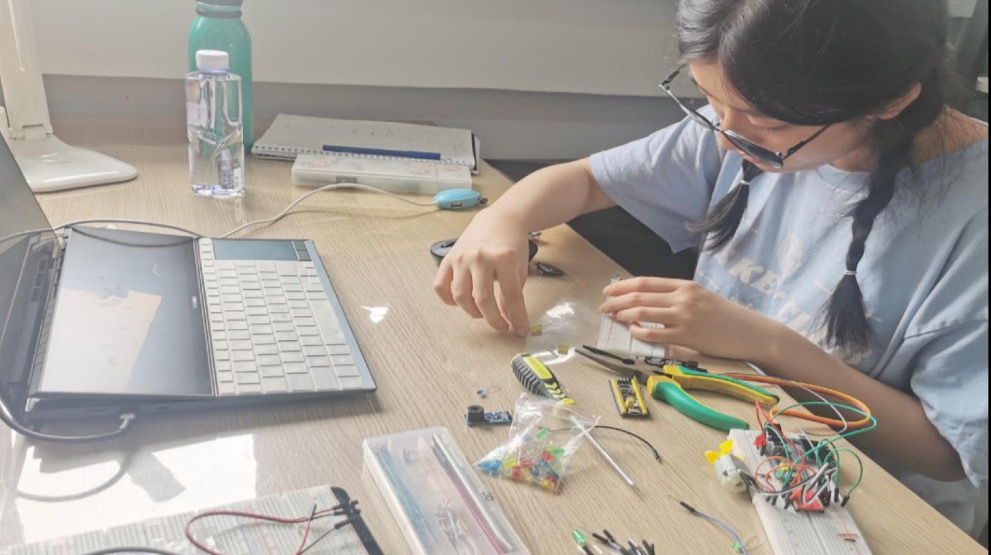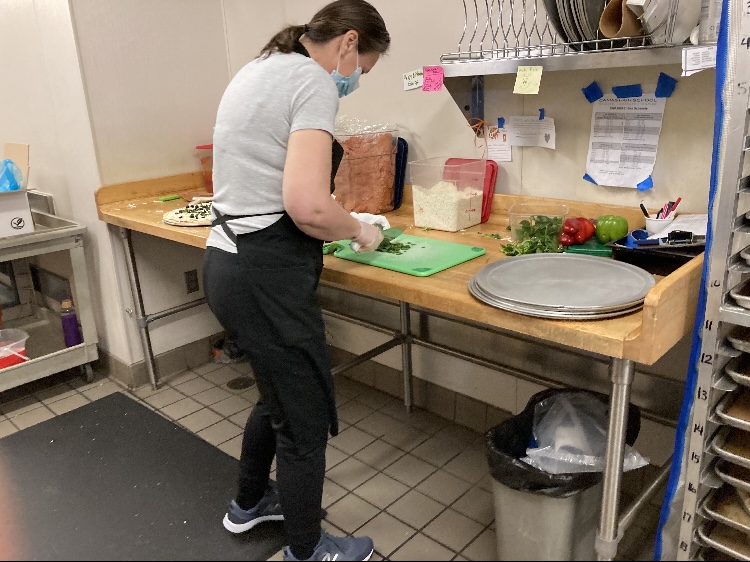Behind The Scenes In The CHS Cafeteria
March 9, 2022
Everyday, hundreds of Camas High School students pour into school, ready for a long day of hard work. Studies show that people do better work when they eat a hearty meal and get a good nights’ sleep. Although the schools are not able to provide a good sleep schedule for every student, they are able to provide a meal for free to anyone who needs it.
The difficult job of cooking new meals for 300 students daily is placed in the hands of our CHS cafeteria staff. The longest they have the meal for before they throw it out is about 3 days and they refrigerate it, freeze it, or just carefully watch the quantity of food produced. A big problem that they always have had is shortage of staff. There are at most four people in the lunchroom trying to make food for a whole school of kids and they have never had enough workers. It is also hard for kitchen staff to see kids waste so much food when preparing it takes so much effort.
Paul Crum, a custodian at Camas High School, said, “lots of food is wasted, mostly the fruits and vegetables. As far as composting we don’t compost anymore, we used to. But, when Covid hit, the district pulled the compost out and they haven’t gotten the program going again. It seems to work better in the elementary schools because they watch the lunch a little more. But as it gets from middle school to high school it fades out. Other than that, we do our best and when we get our compost we move it anyway we can. We get people on board. No, [the students don’t properly use the compost]. It was used for anything. I did [have to sort through the compost] a couple times and at the middle schools, I did for a little while but then either the admin is gonna have to come in and make a statement ‘don’t do this or watch it’ because as a custodian I don’t have time to pick through it.”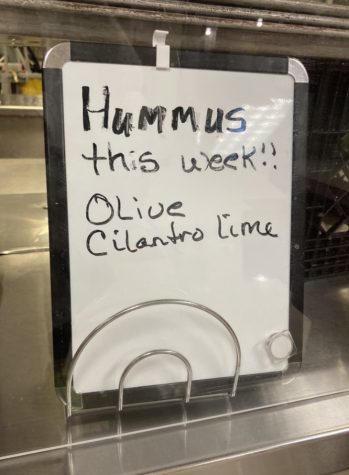
A while ago, there used to be a compost bin at Camas High School. Teachers and staff members had to go through the trash and compost to make sure everything was where it was supposed to be. Ali Coker, a science teacher at CHS, said, “before the pandemic, we had sorting tables where students sorted their trash. I used to sort everything in the compost and we had some students that would help. Honestly the main problem [with why we got rid of them] was student behavior. There might still be compost in the kitchen but we had to take it out of the cafeteria. It was a student Behavior the problem because students we’re not separating trash from compost and people had to take their lunch time to sort different items out of the compost bin. It was never really a money problem, it was mainly just a waste of time and students not cooperating.”
Although preparing the food is a challenge, making it taste good is also a struggle. The cafeteria staff has a hard time finding ingredients to make a new dish that students will like. Tracee Williamson, the head cook at CHS, described that if she sees a recipe assigned to make and she knows the students won’t eat it, she will make something else.This week, the cafeteria workers made two different flavors of hummus for the students.
Some students seem to really enjoy the food and especially certain meals like chicken burgers and pasta dishes are a huge favorite among the students. Other dishes may not be as popular.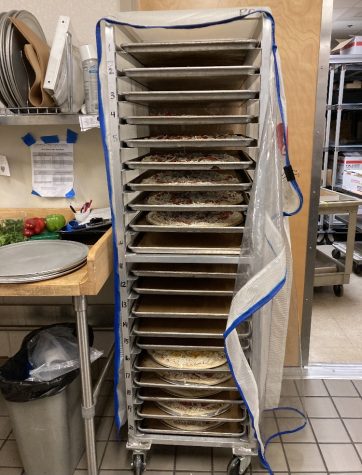
Haley Huckvale, a senior, said, “I think the food is pretty good. There are some foods that are better than others and I usually go to the stand with the chicken and rice because it tastes the best. Also, the pizza is ok.“
“Definitely better than last year. I always get a chicken burger. I gotta admit, the pizza sometimes tastes off.”
CHS school cooks face their difficult job of making 900-1000 appealing meals every week. They go through the process of choosing ingredients and recipes, ‘panning up’ or preparing the meal, cooking it, and serving it to the students. Their end goal is ultimately to fuel the students and assist in making their learning environments liveable and comfortable.

